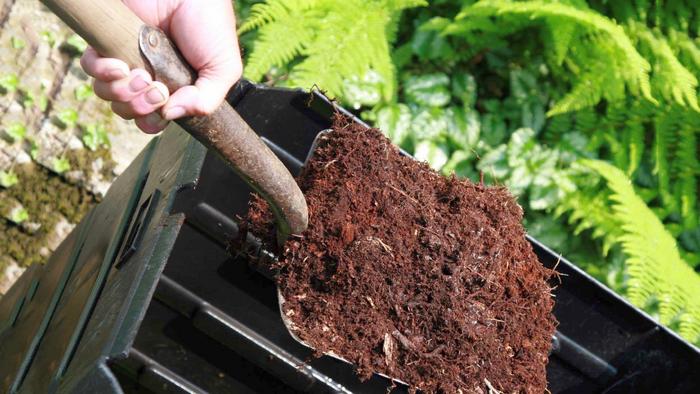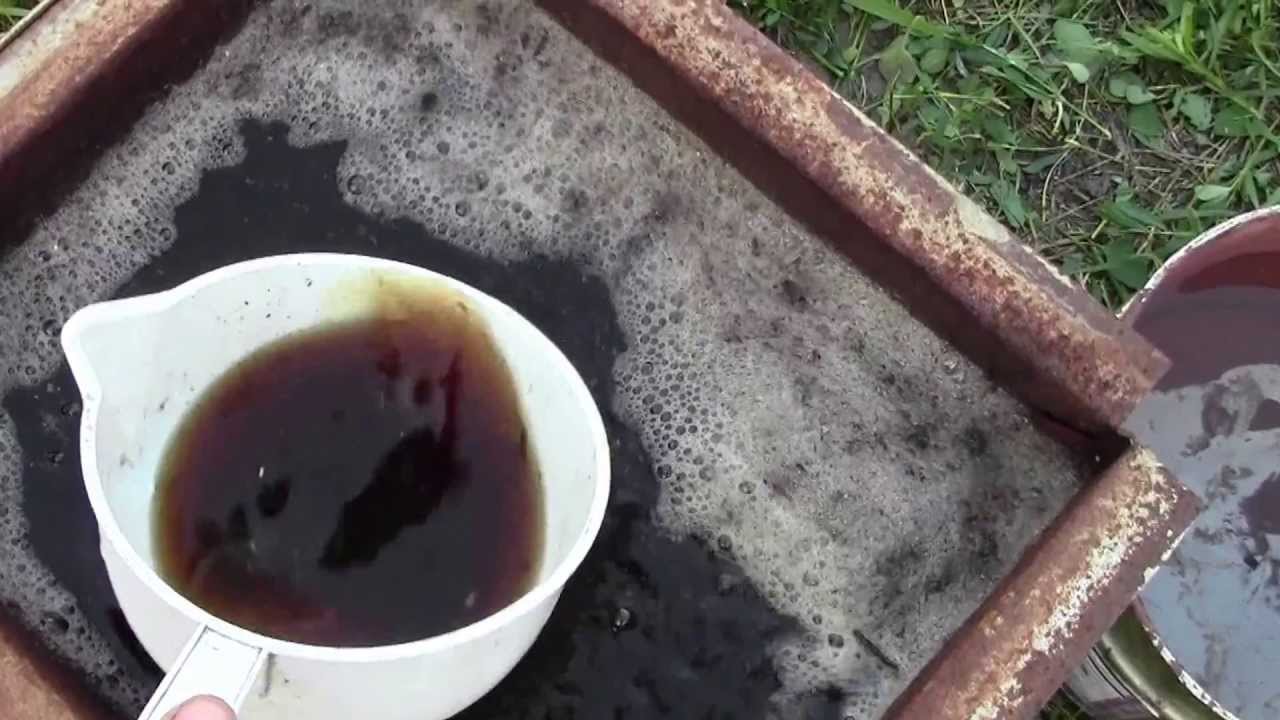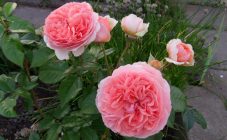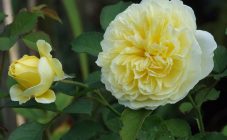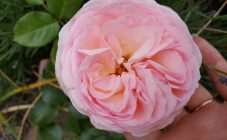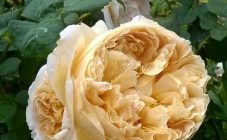Content:
What kind of variety is it, what are its features, how affordable is its breeding in summer cottages and private farmsteads? Why the Alan Titchmarsh rose is attractive, the methods and techniques for growing it are discussed below.
Austin roses
These beautiful representatives of shrub roses were bred by the English breeder David Austin relatively recently - in the 80s of the last century, they have not even had time to be brought into a separate group. But the series has already gained its well-deserved popularity, because its varieties have a number of undeniable advantages:
- large, amazingly beautiful peony flowers;
- their appearance is unique, has characteristic features;
- all Austin rose varieties have a great aroma;
- large bushes with a crown abundantly covered with flowers;
- resistance to various fungi and viruses;
- cold resistance.
The Austin English Rose group already has over 200 varieties, all of which have these attractive features.
The goal of the breeder was to preserve the appearance of the roses of the past, giving them a modern sound and making them bloom again, which was not inherent in the old varieties. In addition, the original varieties did not have yellow color, and Austin wanted representatives with this color. The first successful variety - Constance Spray - was obtained in 1961, this rose bloomed once a season. Despite this drawback, the variety is still successfully used by gardeners. As a result of many years of work, a huge number of double-flowering varieties were obtained, different in color, but equally popular and loved.
Characteristics and features of the variety Alan Titchmarsh
Alantitchmarsh is the brightest representative of the series, it is quite new, launched in 2005. The variety owes its name to the famous English journalist Alan Titchmarsh - author of popular books and TV presenter. Thanks to this name, the rose variety quickly gained popularity in its homeland. And in Russia, where the journalist is much less famous, Alan Titchmarsh rose is popular because of its decorative effect.
Description of Alan Titchmarsh Rose
This Austin rose belongs to the park varieties. The bush is quite high - up to 1.5 m, and its width is 90 cm. It is advantageous to plant it near walls and fences; with strong pruning, it is also suitable for the foreground. The shape of the bush is round, the branches take the shape of arcs under the weight of large (from 12 to 14 cm) double flowers, resembling a peony. The color of the petals is deep pink, cold shade. The petals are slightly bent towards the center of the flower bowl, the color intensity intensifies towards the center. The outer branches of the bush bend almost to the ground, while the inner ones hold the larger roses upright. The difference between the bush of this variety is that the buds look up, and the blossoming roses lean towards the ground. This gives the bush the appearance of a cascade, evenly decorated with roses on all sides. At the first flowering, the bush is replete with flowers, but they are not too large. In the second bloom, there are fewer roses, but they are large. Flowers exude the most delicate aroma of rose oil, sweet apple and citrus.
A positive feature of the variety is its decent resistance to diseases and harmful insects. The bush has the ability to grow rapidly, turning from a small seedling into a tall spherical bush.
Alan Teachman rose blooms continuously, throughout the season.Young Austin rose bushes give small flowers, with increasing age, the size of the flowers increases. The plant perfectly tolerates acclimatization and has long taken root in the vastness of Russia.
Agricultural technology of cultivation
When choosing a landing site, it should be borne in mind that from too long exposure to the sun, the rose quickly fades, therefore partial shade is preferable for it. Good air circulation is essential to protect the plant from disease. Contraindicated for planting lowlands, in which water and cold air can stagnate.
Light fertile soil is suitable for a rose. Clay soil before planting should be improved by adding peat, humus and sand. If the soil is too light, it is not able to retain moisture, clay, humus or compost is added to it. For acidity, the recommended reaction is pH = 5.6 - 6.6. To increase the acidity, manure is added if necessary, and if the indicator is exceeded, it is deoxidized with lime.
It is better to plant a rose in spring, autumn planting is allowed as soon as possible, so that the bush has time to take root before the onset of frost. The depth of the planting hole should be 60 cm. A drainage in the form of rubble, expanded clay or broken brick is placed at the bottom of the hole, then a layer of organic matter more than 10 cm, then a mound is made from the garden soil. The roots of the seedling are placed in a solution of hieroauxin for a day. Too long roots should be carefully trimmed with pruning shears. The bush must be positioned so that the grafting site is 5 - 7 cm below ground level, the roots must be spread over the surface of the mound and covered with soil, slightly compacting it so that no air bubbles remain between the roots.
After planting, the bush is watered with not cold, settled water, the land around is mulched.
Throughout the season, the ground under the bush must be loosened, if necessary, watered. In the spring, roses are fed with nitrogen fertilizers, and in the summer with phosphorus and potassium fertilizers. In dry weather, water it twice a week, spending 15 - 20 liters of water per bush. By autumn, watering becomes less frequent and stops with the onset of rains. In the first year of cultivation, flowers must be removed so that the plant directs its forces towards the formation of the root system and bush. At the end of August, you can leave one flower on the shoot for setting fruit. The next year, the bush grown in this way will give abundant flowering.
In the spring, the bushes must be pruned. It is of three types: strong, medium and weak. Strong pruning, in which 2-4 buds are left on each shoot, is carried out on young seedlings after planting, and on old plants in order to rejuvenate the bush. Medium pruning provides abundant flowering and beautiful bush shape. With it, 5 - 7 buds are left for the shoot. Weak pruning is done in summer, this is a simple removal of faded flowers. In the fall, diseased and dried branches are cut off, and, if necessary, the bushes are made more rare.
The climatic conditions of Russia suggest a shelter of roses for the winter. You should not rush with this procedure, a frost below -7 degrees for roses is not only not dangerous, but even useful, this is a kind of hardening before severe cold weather. When the temperature starts to drop steadily, the roses are prepared for winter.
First, they are cut off, then the base is sprinkled with an earth mound. It is undesirable to use peat or sawdust for hilling, their moisture capacity can harm the plant. Compost or humus is suitable, ash can be mixed with them, but simple garden soil is also good. The upper part of the bush is covered with the paws of coniferous trees or wrapped in a non-woven covering material. Then the arcs are installed and covered with a film, small holes are left in the structure from the sides for ventilation.
In early spring, the sides of the frames are opened, and soon all the film is removed.
In order for the plants to gradually get used to the sunlight, the non-woven fabric is left for a while.
You can propagate a rose by cuttings. They are cut from mature bushes after the first summer flowering.
Advantages and disadvantages of the variety in comparison with other varieties
Most Austin roses have large flowers that dangle under their own weight and look drooping. Other varieties, for example, the Queen of Sweden, on the contrary, have exclusively flowers looking at the sky. Rose Alan Titchmarsh is strewn with large flowers, some of which are inclined to the ground, while others look up proudly, this gives the bush a kind of attractiveness (like a candelabrum).
The disadvantage of many English roses is considered to be poor susceptibility to rainfall. Against their background, the rose Alan Titchmarsh wins, its flowers quickly recover after the rain.
Another advantage is the ability to shape the bush at will. It can be both high and compact, suitable for placement in a flower bed. It all depends on the degree of pruning, but in either case, flowering will be abundant.
The disadvantages include incongruity with roses and other plants with flowers of warm colors.
Shrub roses Alan Titchmarsh can decorate any landscape, be it a city park, a private courtyard or a country cottage. They look great as hedges, in groups and as single plants. They are suitable for any style, their cultivation does not require special knowledge and is quite within the power of flower growers.



